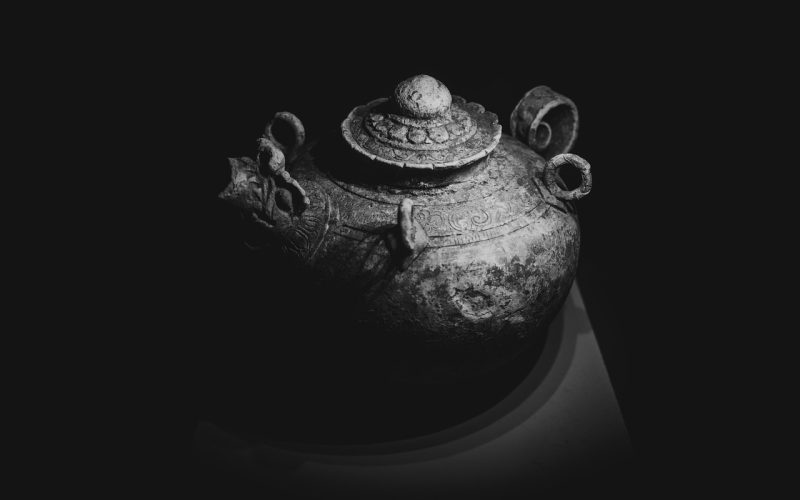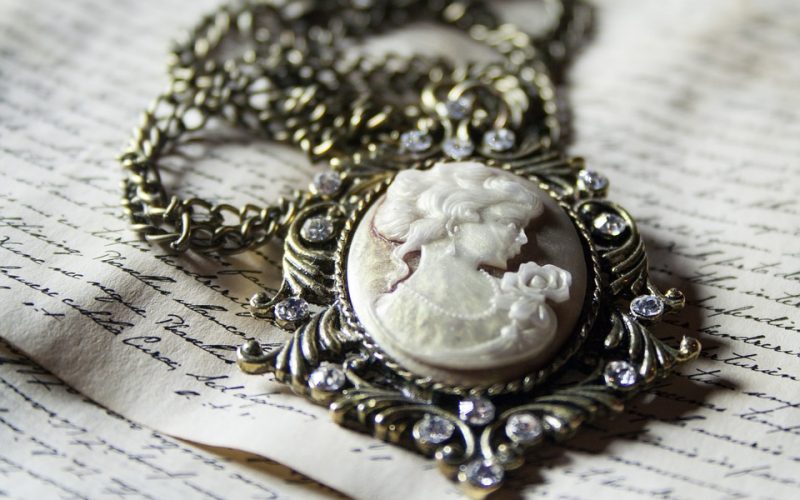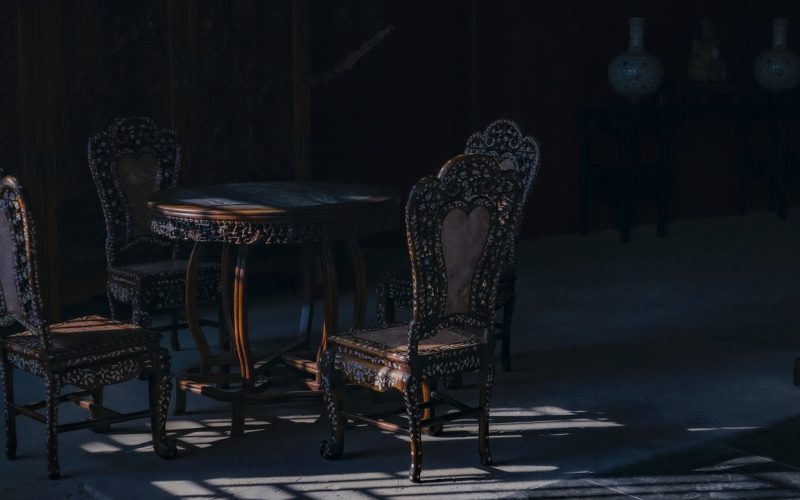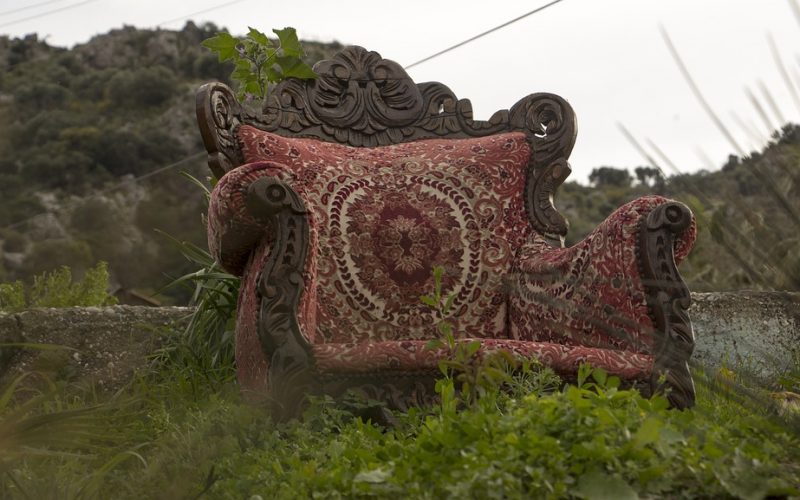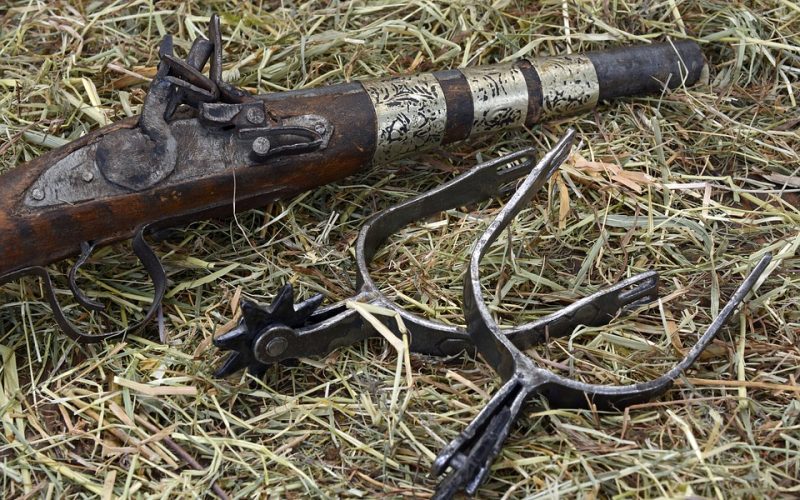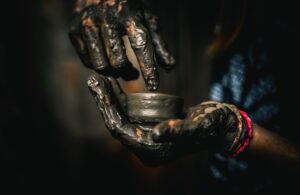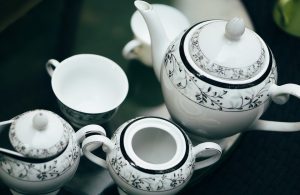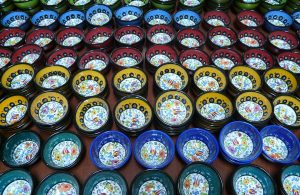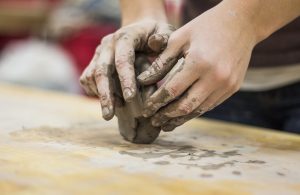Spotting Antique Pieces
Recognising genuine antique ceramics and glassware requires a keen eye and a little knowledge about the materials, practices, and designs that distinguish these timeless objects. Whether you're a collector, dealer, or simply passionate about history, understanding the nuances can help you separate authentic treasures from modern replicas.
Understanding materials in antique ceramics and glass
The unique composition of antique ceramics and glass plays a crucial role in determining their authenticity. For instance, ceramics are often made from China clay, also known as kaolin. This material lends porcelain its smooth texture and durability. Porcelain made with high-quality China clay feels lightweight yet robust and often emits a clear "ping" when lightly tapped — a quick test preferred by many collectors.
Glassmaking, on the other hand, traditionally involved melting silica sand at high temperatures to create a clear, smooth product. Antique glass pieces often display slight imperfections, such as tiny air bubbles or irregularities, due to the less advanced methods of production compared to modern techniques. These flaws are not drawbacks but evidence of traditional craftsmanship, a hallmark of older items.
Examining the manufacturing process
Understanding how ceramics and glassware were historically crafted can also help in your identification process. Antique ceramics may display characteristics such as visible hand-painting or uneven glazing. Mass production in ceramics began later, so older pieces often bear subtle signs of handcrafting, like brush strokes or inconsistencies around decorative elements. A good magnifying glass can aid in spotting these personalised touches.
Glassware from antiquity often involved processes like hand-blowing, revealing tell-tale signs such as a pontil mark, which is the remnant of where the glass was attached to a rod during production. Certain colours, such as cobalt blue or emerald green, also tie glassware to specific historical periods. Recycled glass was less commonly used in earlier centuries, but its occasional presence in more recent antique pieces might point to resourceful artisans adapting to supply shortages.
Checking makers' marks and signatures
Both antique ceramics and glass pieces often carry makers' marks, signatures, or logos that provide valuable clues about their origins. Makers' marks on ceramic pieces, usually stamped or painted on the base, often include the manufacturer's name, location, or even the production year. Similarly, certain glassmakers etched their signatures onto their work to ensure authenticity.
Researching these marks using reference books or online databases can help you pinpoint the provenance and authenticity of a piece. However, caution is necessary, as counterfeit marks do exist. The more familiar you are with genuine examples, the better positioned you will be to identify inconsistencies.
Assessing wear and condition
The condition of an antique item can tell a rich story of its life and use. Genuine antique ceramics and glassware tend to show natural signs of wear, especially on base rims, edges, or handles. Aged glazes may display subtle crackling, known as "crazing," while antique glass can sometimes develop a slight iridescence or hazing due to prolonged exposure to water or air over centuries.
However, it's important to distinguish natural aging from damage. Large chips, significant cracks, or invasive repairs can detract from a piece's value. Still, such flaws may be worth overlooking if rarity or historical importance takes precedence over perfect condition.
Recognising design and style elements
Another key indicator of a piece's authenticity is its design. Antique ceramics and glass often reflect the styles of the era in which they were made. Avid collectors can learn to recognise patterns or motifs associated with specific periods — for example, Art Nouveau's flowing lines or the intricate detailing of Victorian designs. Similarly, certain colours or finishes, like milk glass or lustreware, tie glass pieces to their historical eras.
A close look at these details can provide valuable insights. Keep in mind that modern reproductions often mimic antique styles but lack the craftsmanship and subtlety found in original works.
Trusting expertise and resources
Finally, when in doubt, enlist the help of a trusted expert. Antique appraisers or dealers have the experience and tools to authenticate and evaluate pieces more precisely. Attending antique fairs, joining collector groups, or visiting galleries can also build your knowledge base and strengthen your ability to spot genuine items on your own.
Additionally, reference books and digital resources remain invaluable for understanding specific styles, makers, and historical contexts. A methodical approach, paired with growing familiarity, will make your search for antique treasures both productive and rewarding.
By appreciating the unique materials, craftsmanship, and history of antique ceramics and glass, you can confidently identify pieces that not only hold value but also preserve a beautiful legacy of artistry. Keep an eye out for the subtle details, trust your instincts, and enjoy the thrill of discovering timeless objects.
